The scorching desert sun of Dubai doesn't just bring golden sands and year-round sunshine - it brings an invisible threat that catches many visitors off guard. Dehydration in this extreme climate isn't merely uncomfortable; it can rapidly become dangerous. The combination of soaring temperatures (often exceeding 40°C/104°F) and low humidity creates perfect conditions for fluid loss that many people underestimate until it's too late.
What makes Dubai's heat particularly deceptive is how quickly it affects the body. Unlike humid climates where sweat drips visibly, the arid desert air evaporates perspiration almost instantly. This creates a false sense of security while actually accelerating dehydration. Longtime residents develop subtle habits - always carrying water, recognizing early thirst signals, planning hydration like one plans meals. These aren't luxuries here; they're survival skills wrapped in routine.
The physiology behind desert dehydration reveals why standard hydration advice fails in Dubai. At 35°C (95°F), the body loses about 500ml of fluid per hour through sweat and respiration. In Dubai's peak summer, this can double. Blood thickens, forcing the heart to work harder. Electrolyte imbalances trigger muscle cramps before most people feel thirsty. By the time your mouth feels dry, you're already 2-3% dehydrated - enough to impair cognitive function and reaction times.
Traditional "eight glasses a day" wisdom becomes dangerously inadequate here. Construction workers following this guideline have collapsed from heatstroke while technically meeting general hydration standards. The Dubai Municipality's guidelines suggest 500ml per waking hour during peak heat months - a staggering 12-15 liters daily for outdoor workers. Even air-conditioned office workers require 6-8 liters as artificial cooling dehydrates differently but just as effectively.
Not all hydration is created equal in this environment. The glittering array of imported mineral waters in Dubai supermarkets hides a crucial fact - most lack sufficient electrolytes for desert conditions. Sports drinks often overcompensate with sugar. Smart hydrators here mix their approach: coconut water for potassium, laban (a salted yogurt drink) for sodium retention, plain water in steady quantities, and always - always - avoiding alcohol before sundown.
Timing matters as much as quantity. Emiratis have long practiced preemptive hydration - drinking before feeling thirsty, especially before outdoor activities. The old Bedouin trick of taking small sips every fifteen minutes proves more effective than gulping liters at once. Modern Dubai combines this wisdom with technology: hydration reminder apps sync with fitness trackers, while smart water bottles glow red when intake lags.
Certain groups face amplified risks. Tourists from temperate climates often mistake Dubai's dry heat for being "more bearable" than humid heat - a potentially deadly misconception. Diabetics and pregnant women dehydrate faster here. Even fitness enthusiasts training in air-conditioned gyms face hidden dangers, as intense workouts in artificially dry environments accelerate fluid loss without obvious sweating.
The city's infrastructure tells its own hydration story. Walk into any Dubai mall, government building or mosque, and you'll find water coolers more plentiful than trash bins. Taxi drivers keep bottled water for passengers as routinely as they run meters. Schools mandate hydration breaks regardless of student requests. These aren't courtesies - they're institutional recognition that in this climate, water access is as vital as oxygen.
Seasonal shifts demand hydration strategy changes. What works in December's "mild" 25°C (77°F) becomes inadequate by May. Savvy residents adjust their water intake months before peak heat arrives, allowing their bodies to adapt gradually. The traditional Emirati diet, rich in hydrating foods like dates and cucumbers, reflects generations of adaptation to this environment.
Dubai's hydration lessons extend beyond survival. Proper fluid management means the difference between thriving and merely enduring in this extreme environment. Those who master it discover an unexpected truth - the desert gives back what it takes. The same climate that dehydrates also teaches human resilience, offering clarity that only comes when we're forced to listen to our bodies with ancient attentiveness.

By Grace Cox/Apr 14, 2025

By Emma Thompson/Apr 14, 2025
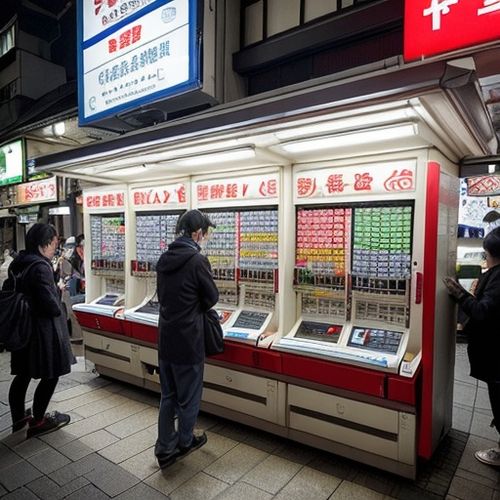
By Daniel Scott/Apr 14, 2025
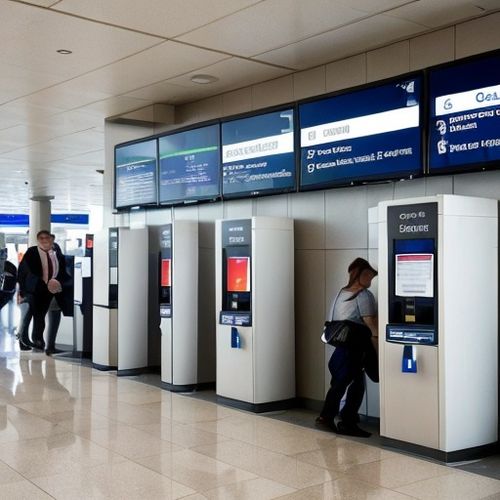
By Rebecca Stewart/Apr 14, 2025

By Emily Johnson/Apr 14, 2025
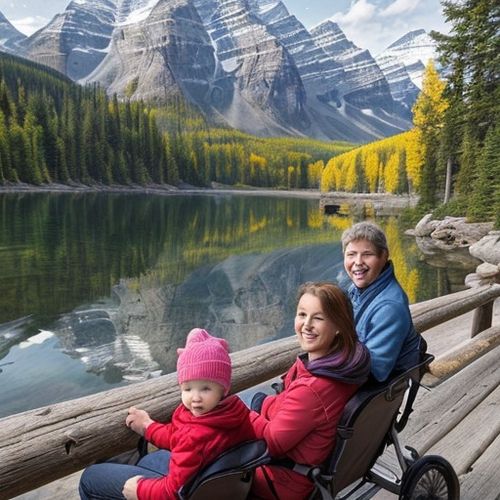
By Megan Clark/Apr 14, 2025

By Emma Thompson/Apr 14, 2025

By Grace Cox/Apr 14, 2025
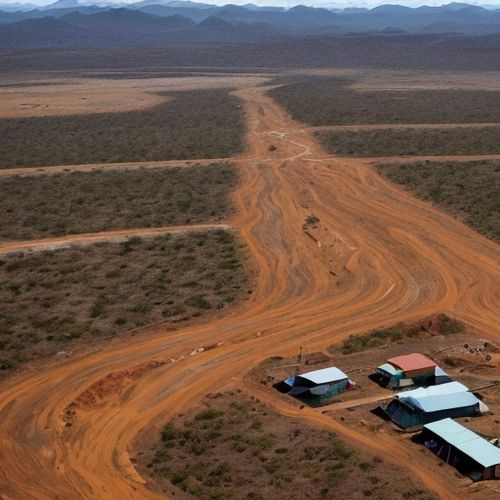
By Christopher Harris/Apr 14, 2025

By Joshua Howard/Apr 14, 2025
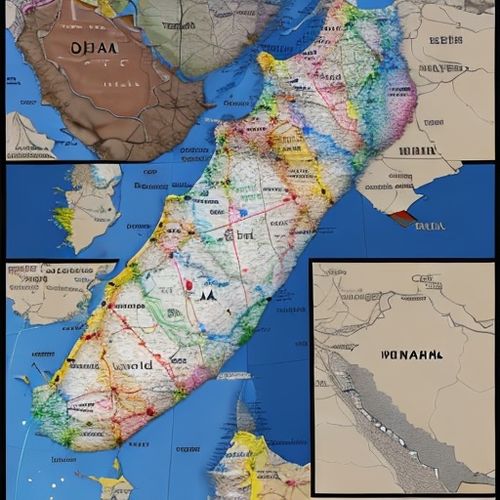
By Noah Bell/Apr 14, 2025
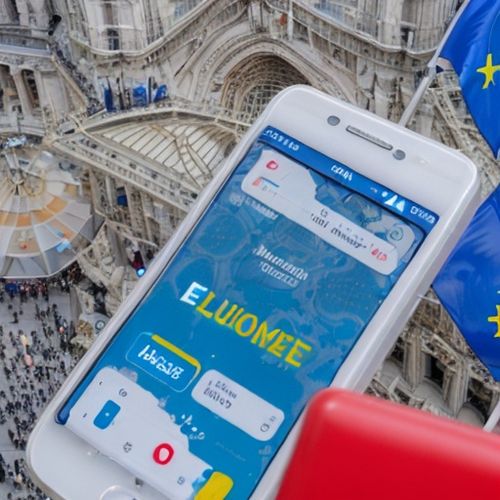
By Grace Cox/Apr 14, 2025

By Joshua Howard/Apr 14, 2025
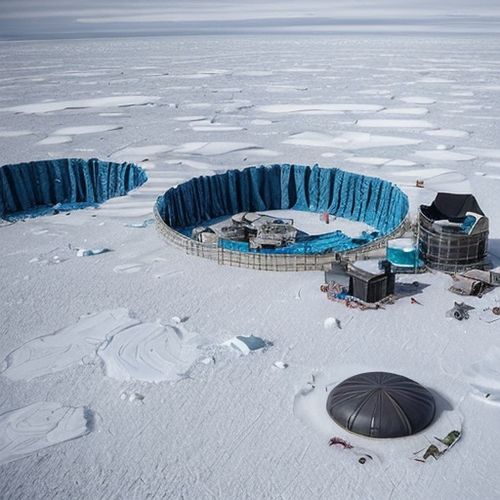
By Victoria Gonzalez/Apr 14, 2025
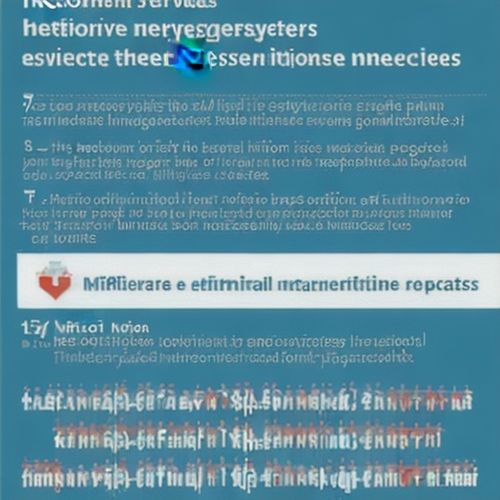
By Grace Cox/Apr 14, 2025
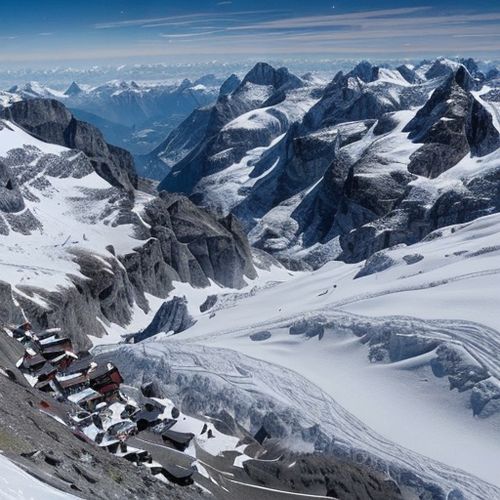
By Christopher Harris/Apr 14, 2025

By Lily Simpson/Apr 14, 2025
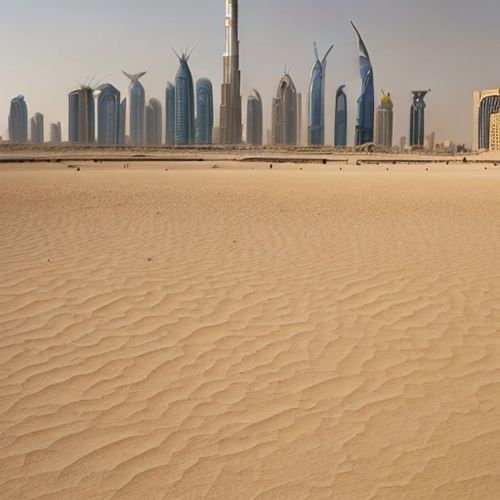
By Laura Wilson/Apr 14, 2025

By Michael Brown/Apr 14, 2025
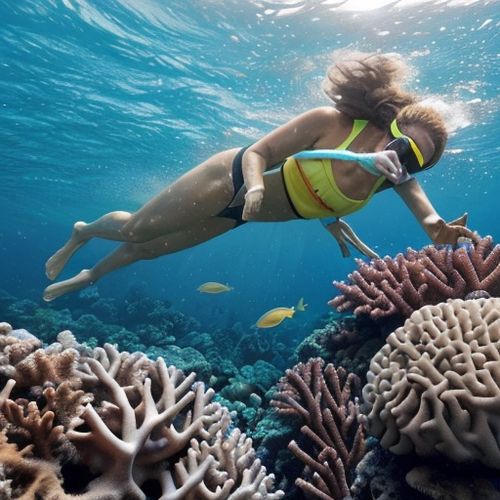
By Noah Bell/Apr 14, 2025